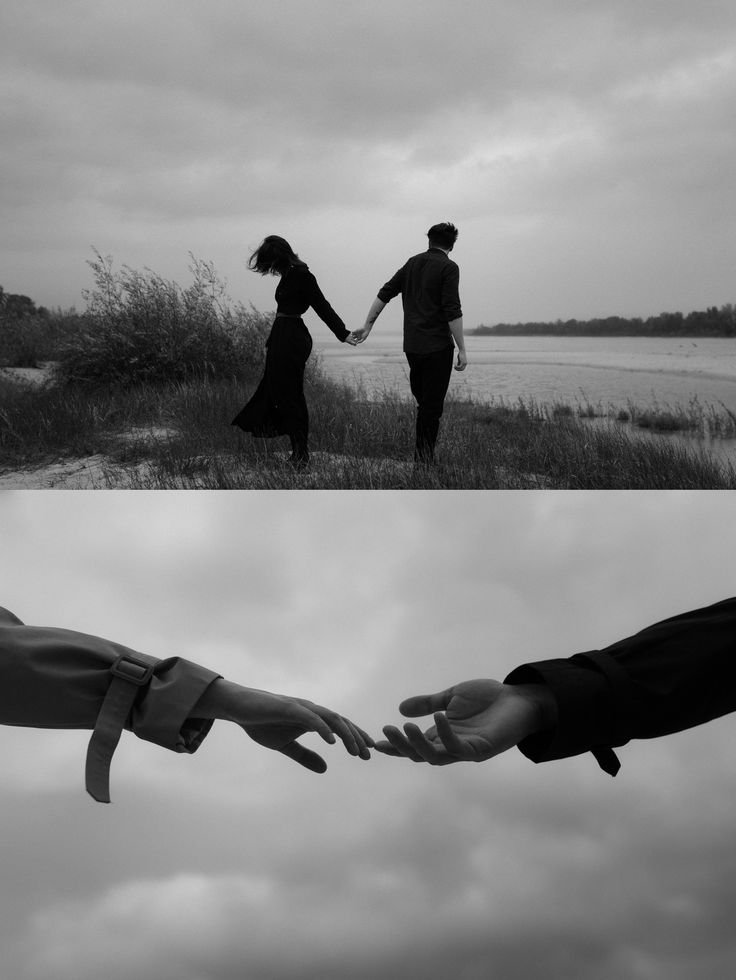The Role of Storytelling in Photography: Crafting Visual Narratives
Storytelling in photography goes beyond merely capturing moments; it’s about weaving narratives through images that resonate with viewers on an emotional level. While photography has always been a powerful medium for documentation and expression, storytelling takes this further, turning static shots into compelling visual tales. As the saying goes, “A picture is worth a thousand words,” but in the realm of photography, the right image can convey entire stories, creating lasting impressions and connections.
Emotional Engagement
One of the primary reasons storytelling is crucial in photography is its ability to evoke emotion. A photograph that tells a story engages the viewer, inviting them to feel something—whether it’s joy, nostalgia, tension, or melancholy. By crafting a story within an image, photographers can create deeper emotional connections between the subject and the audience. This emotional pull is what makes a photo memorable, standing out in an age where we are constantly bombarded with images. Through storytelling, a photographer can transform an ordinary moment into something meaningful and impactful.
For instance, a portrait of a person isn’t just a depiction of their appearance. When done with storytelling in mind, that portrait can offer a glimpse into the subject’s life—conveying their experiences, mood, and personality. The viewer is left with not just an image but a lingering sense of having connected with that individual on a deeper level.

Creating Context and Meaning

A single image without context may leave viewers guessing, but storytelling provides structure and meaning to what’s being portrayed. In photography, this context is often delivered through composition, lighting, subject positioning, and even the setting of the image. By carefully considering these elements, photographers can guide the viewer’s interpretation and help them understand the broader narrative being communicated.
In travel photography, for instance, a simple image of a market scene can be elevated by focusing on the interplay between a vendor and a customer, telling a story about daily life, culture, or the passage of time in that particular place. The background details, expressions, and the choice of framing all contribute to how the viewer experiences that story. Without storytelling, the image may just be another market shot. With storytelling, it becomes an intimate moment of connection to a distant world.
Photography as a Universal Language
Photography transcends language barriers, making it one of the most universal forms of storytelling. A well-crafted image can be understood by people across different cultures and backgrounds, creating stories that speak to a wide audience. Storytelling through photography allows photographers to communicate complex ideas, emotions, or experiences without uttering a single word.
Documentary photographers, in particular, rely on storytelling to convey important social, political, or cultural issues. Their images often tell stories that provoke thought, inspire action, or raise awareness about critical topics. These stories, conveyed through a series of images or even a single, impactful shot, have the power to spark conversations and drive change.

Visual Composition And Narrative Flow

Visual Composition and Narrative Flow are key components in creating compelling imagery, particularly in photography, film, and design. Visual composition refers to the arrangement of elements within the frame—such as lines, shapes, colors, and textures—to create balance, harmony, and focus. It is about guiding the viewer’s eye through the image in a deliberate way, ensuring that the most important aspects of the scene are highlighted. Effective composition can evoke emotions, direct attention, and contribute to the overall aesthetic of the work.
On the other hand, narrative flow refers to the way the elements within the composition are used to tell a story. This could be through a sequence of images, or even within a single frame, where the placement and interaction of subjects convey a sense of movement or progression. Strong narrative flow creates a connection between the viewer and the subject, drawing them into the story being told and maintaining their interest.
When combined, visual composition and narrative flow enhance each other, creating images that are not only aesthetically pleasing but also rich in meaning. The result is a visual journey where the arrangement of elements serves to amplify the story, making the experience both engaging and memorable.
Connecting Brands And Audience
In photography, connecting brands and audiences is about visually communicating a brand’s story, values, and identity in a way that resonates with its target market. Through powerful imagery, photographers can create emotional connections that help brands engage with their audiences on a deeper level. The right photograph can evoke feelings of trust, aspiration, or excitement, making it easier for the audience to relate to the brand.
A photographer working with a brand must understand its identity and the message it wants to convey. Whether it’s through product photography, lifestyle shoots, or branding images, each photo should be thoughtfully composed to align with the brand’s aesthetic and speak to its target audience. Authenticity is key—images that feel genuine and relatable foster stronger connections.
By crafting visuals that are both impactful and aligned with the brand’s message, photography becomes a powerful tool to engage audiences, strengthen brand loyalty, and enhance overall communication.

Conclusion
Storytelling plays a vital role in photography, transforming images into more than just visual representations. It turns them into narratives that evoke emotions, spark imagination, and create connections. In photography, every element within the frame—subject, lighting, composition, and even negative space—works together to convey a message or tell a story. These stories allow viewers to engage more deeply with the image, offering context, meaning, and emotional resonance.
A well-crafted photographic story has the power to draw viewers in, encouraging them to explore the details and interpret the meaning behind the image. This narrative quality can make a photograph memorable, leaving a lasting impact on the audience. Whether it’s capturing a fleeting moment in a portrait, the grandeur of a landscape, or the essence of a brand, storytelling in photography bridges the gap between the photographer’s intent and the viewer’s perception.
In commercial or branding photography, storytelling is especially important in connecting with the target audience. By creating authentic, relatable imagery, photographers help brands convey their identity, values, and messages in a way that resonates emotionally with consumers.
Ultimately, storytelling in photography elevates the art form, turning static images into dynamic, meaningful experiences that speak to the heart and mind of the viewer.